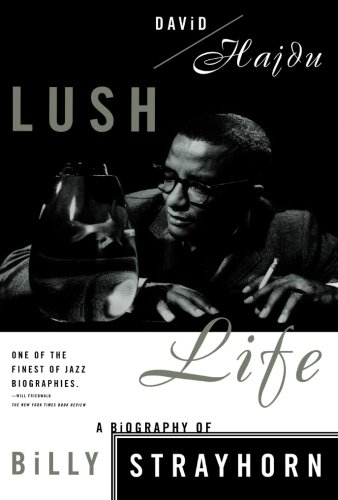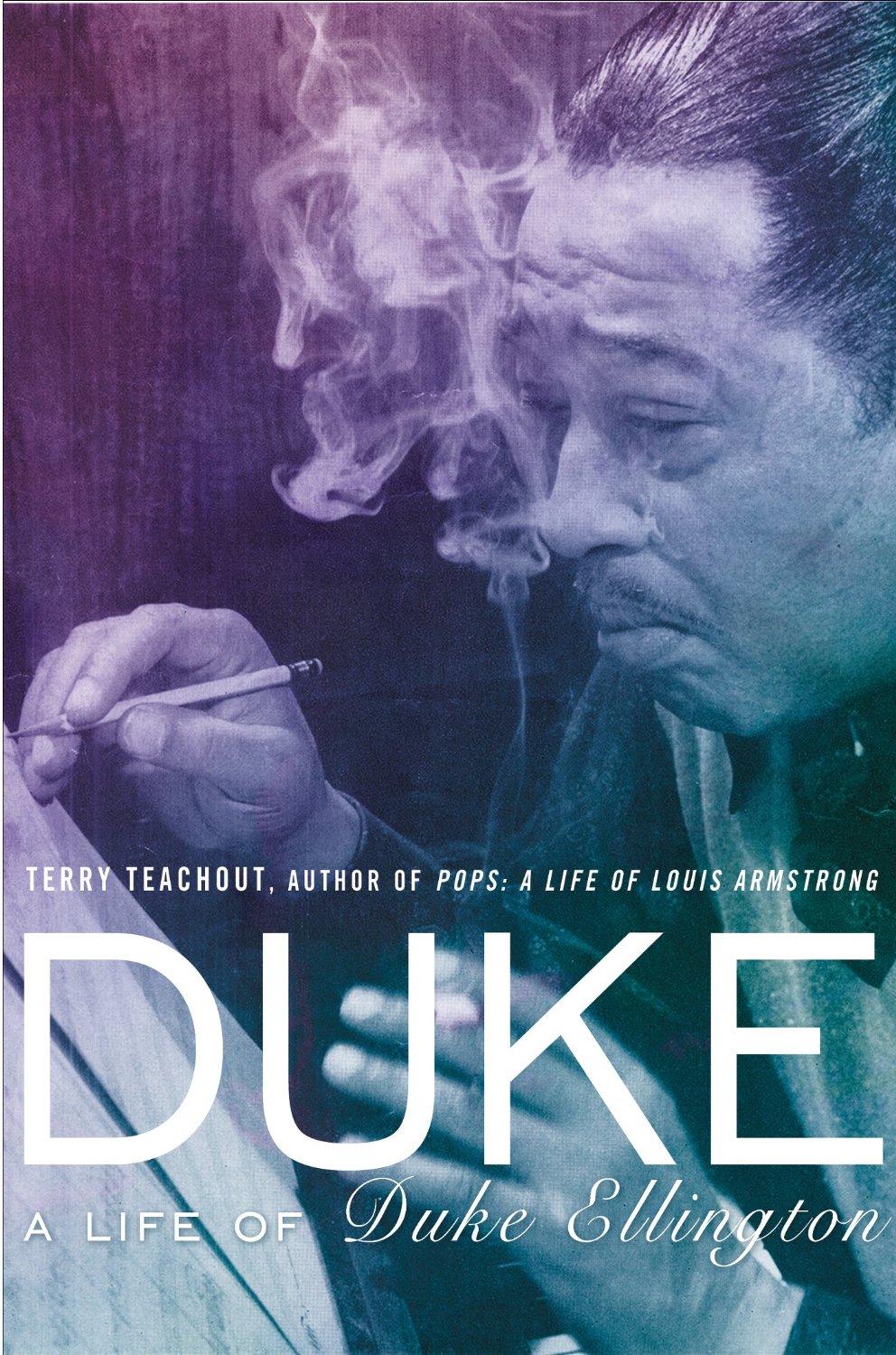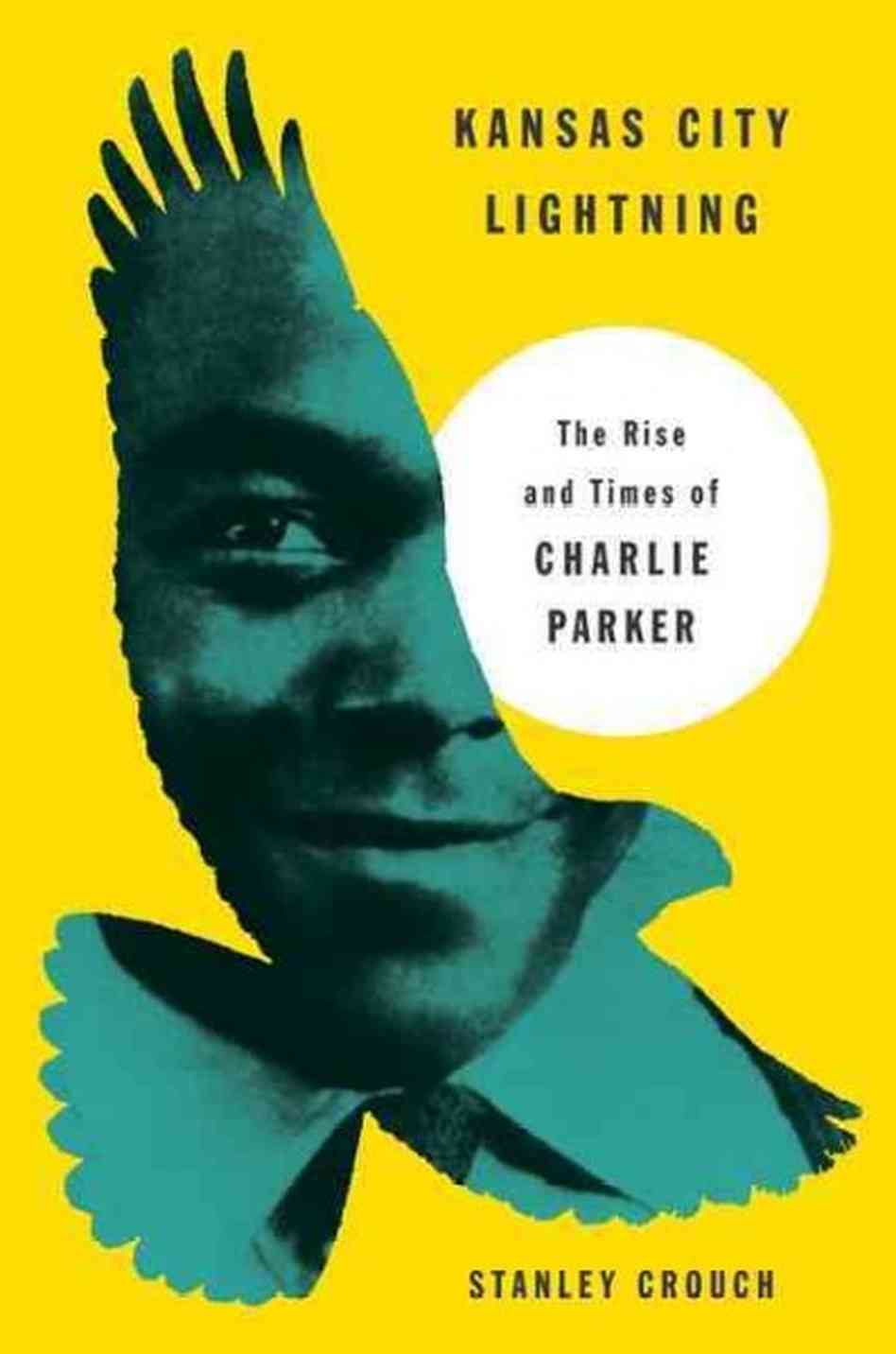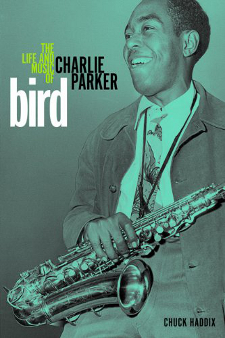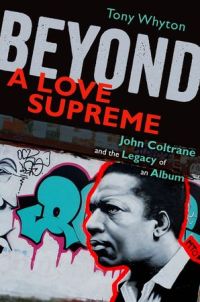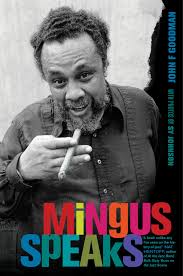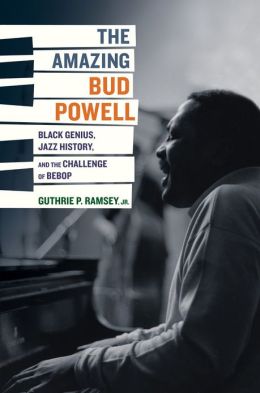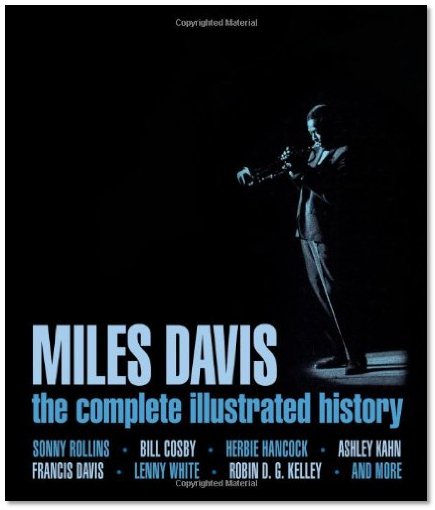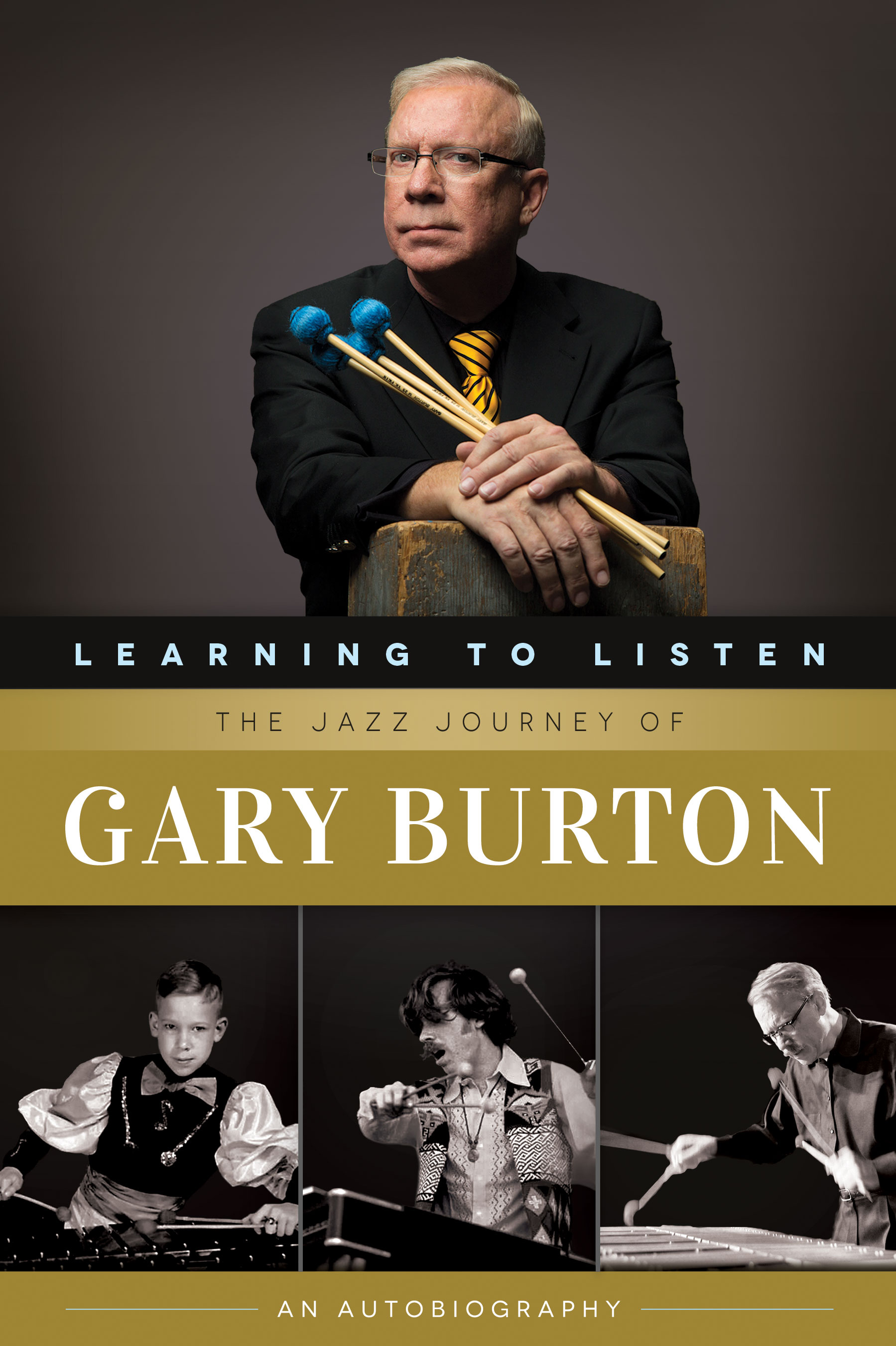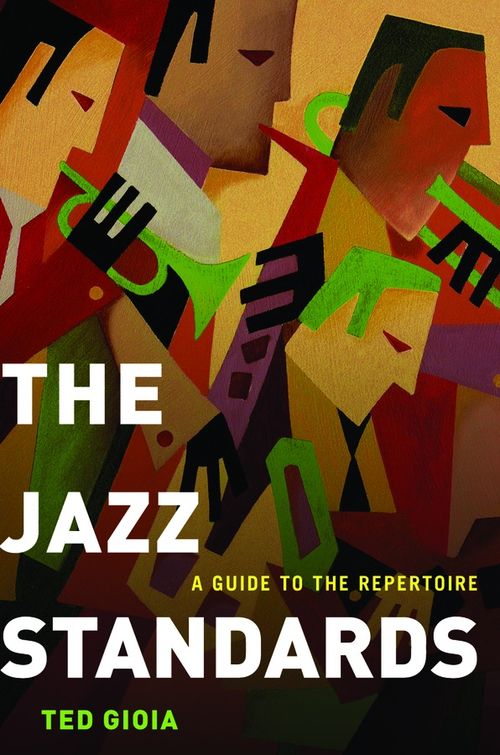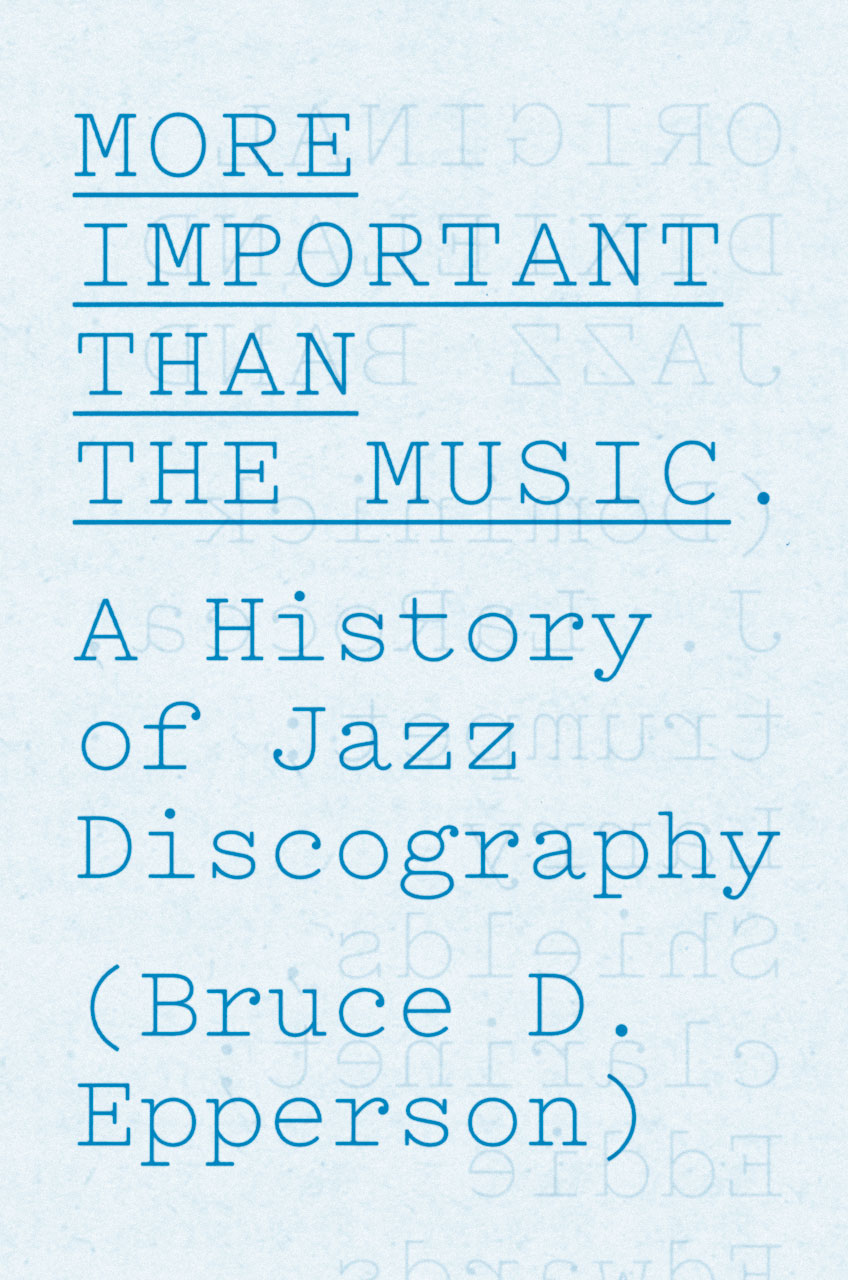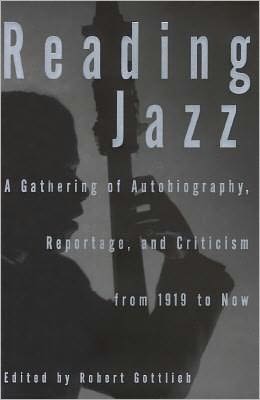
Bird, Duke, Mingus, and All That Jazz
Though I came early under the sway of Dave Brubeck, Miles Davis, Sonny Rollins, and the inimitable Diz and Bird (Dizzy Gillespie and Charlie Parker), I was never much interested in reading about jazz, except for the Blindfold Test in Downbeat magazine (where a musician was asked to listen to and identify and comment on various recordings—which I thought was just the best thing at which to excel). Despite my lack of enthusiasm, I noticed a recent spate of of biographies of seminal players from the world of jazz have been published. Which is good, as I suppose any effort to update that music’s bibliography is significant, considering that jazz is a vital part of American culture whether most Americans know it or not.
The personalties who were instrumental in the growth of jazz in the twentieth century are a colorful and compelling aggregation, and their stories are worthy of being told and refreshed with regularity. In the past I have read and admired David Hadju’s Lush Life (Farrar, Straus and Giroux), a vivid profile of Duke Ellington’s great collaborator, Billy Strayhorn. And for shear chutzpah, the incomparable Charles Mingus’s Beneath the Underdog: His World as Composed by Mingus (Vintage) is an eye-opening look into the psyche of a great American virtuoso bassist and composer.
One wonders, given the plenitude of writing on Edward “Duke” Ellington (a dozen full biographies), if another book will illuminate what may already be a well-known story. Terry Teachout (Pops: A Life of Louis Armstrong) thought so, thus Duke: A Life of Duke Ellington (Gotham). Teachout did bring a worthy level of scholarship to the telling of the notoriously secretive Ellington’s life. Teachout also provides a selective (Ellington composed more then 1,700 pieces) annotated discography of available, downloadable Ellingtonia.
In the pantheon of jazz, no one stands higher than legendary bebop saxophonist Charlie “Bird” Parker. There are, of course, a handful of extant biographies that reportedly serve to present a confused picture of Parker’s short life. (He died of a heart attack at the age of thirty-five.) Now comes Bird: The Life and Music of Charlie Parker by Chuck Haddix (University of Illinois Press) and the first book of a two-volume biography, Kansas City Lightning: The Rise and Times of Charlie Parker by Stanley Crouch (Harper).
Haddix’s work is a slim, accurate chronology and serves well as a primer. Crouch’s take is more ambitious and apparently employs a novelistic approach to fill in the many gaps in Bird’s story. A creditable critic and occasional provocateur, Crouch does seem to understand the music. Here’s his take on writing Kansas City Lightning:
In Kansas City Lightning I strive to make the reader feel the presence of a magical, improvised reality, a presence that is not illusory but a fact of life as it was lived…I wanted to give the reader the dance halls, the clubs, the jam sessions, the audience, and all of the individuals, players or listeners and dancers, every type from the Red Caps to those at the top of society and influence, from the endless American frontier of human beings and machines that human beings so often chose to humanize. In fact, the perfect relationship between humanity and technology is heard when Charlie Parker blows life into a metal machine made of brass, keys, and a mouthpiece.
Tenor saxophinist John Coltrane’s prodigous discography features many groundbreaking recordings, but Tony Whyton has chosen to focus on Trane’s pivotal 1964 A Love Supreme in Beyond a Love Supreme: John Coltrane and the Legacy of an Album (Oxford). Coltrane, who had addiction issues, writes in the recording’s liner notes:
In the year of 1957, I experienced, by the grace of God, a spiritual awakening, which was to lead me to a richer, fuller, more productive life…As time and events moved on, I entered into a phase which is contradictory to the pledge and away from the esteemed path. But thankfully now, through the merciful hand of God, I do perceive and have been fully reinformed of his omnipotence. It is truly a love supreme.
Professor Whyton’s four essays on this seminal recording don’t add anything new to the Coltrane canon, but his explication of Trane’s move into the avant-garde with “Ascension,” “Interstellar Space,” and such is worth considering.
Back in the early sixties, I heard a Charles Mingus pianoless quartet recording that included the reed player Eric Dolphy. Dolphy’s wailing solo on Fables of Faubus brought tears to my eyes. And the anthemic Fables of Faubus eventually led me to Mingus’s Beneath the Underdog, which revealed him as an angry, astute, and imaginative figure. Newly published Mingus Speaks by John F. Goodman, with photography by Sy Johnson (University of California Press) includes wide-ranging conversations with Mingus a few years before he died, as well as commentary by close associates—including Mingus’s wife Sue, Teo Macero, George Wein, and Sy Johnson. Goodman establishes a relaxed context and Mingus freely offers his views on race, fellow musicians, and his creative process.
Labeling the great bebop pianist Bud Powell “amazing,” Guthrie P. Ramsey’s The Amazing Bud Powell: Black Genius, Jazz History, and the Challenge of Bebop (University of California Press) convincingly makes its case for the oft-overlooked jazz virtuoso. Ramsey contextualizes Powell’s history of alcohol abuse, mental instability, and “brutalization at the hands of white authorities,” and rightly places him in the pantheon of jazz’s greats. Ramsey chooses a scholarly approach, stating that he doesn’t intend “an exhaustive biography” of the immortal pianist-composer, but rather “[to put] what we know about Powell’s life and music in dialogue with ideas that made possible, among other things, his reputation as a musical ‘genius’ and bebop’s social identity as a singular art form.”
Peter Pullman’s exhaustively researched, self-published Wail: The Life of Bud Powell (2012), with minimal jargon, constructs a novelistic account and relies on several hundred personally conducted interviews, medical and psychiatric records, correspondence, press accounts in several languages, and urban micro-histories. Several reviewers had compared it to another jazz pianist’s biography, the well-regarded Thelonious Monk: The Life and Times of an American Original by Robin Kelley (Free Press).
Miles Davis was such as seminal figure, and his career spanned so many decades and jazz’s evolution from swing to bebop to cool and onward, that Miles Davis: The Complete Illustrated History by Sonny Rollins, Bill Cosby, Herbie Hancock, and Ron Carter (Voyageur Press) has the secondary utility of shedding some attention on jazz history in toto. (Also: Selecting the greatest book or movie or recording is a fool’s enterprise—or a pleasant way to pass the time—but there is no argument about the celestial status of Miles Davis’s 1959 epic recording Kind of Blue and Ashley Kahn’s Kind of Blue: The Making of the Miles Davis Masterpiece (Da Capo Press), an informative brief for its greatness.)
Hoosier-born vibraphone virtuoso Gary Burton explains why he wrote Learning to Listen: The Jazz Journey of Gary Burton: An Autobiography (Berklee Press):
I wanted to tell more than just the story of my career. I also wanted to tell the story of my non-musical life, the unique things I have dealt with and learned. I also realized I was more interested in writing about the important musicians who had inspired me, rather than my own projects.
So, I started with a list of the important people I encountered in my career, and wrote about how I knew them and what I learned from them. I also wanted very much to try to explain some personal things. I wanted to explain how a gay person, like me, figured out his sexual identity in mid-life and then went public about it, living the second half of my life as a gay man.
I also wanted to respond to all the people who have come up to me over the years to ask, “How do you know what notes to play? How do you know what the other musicians are going to play? How do you keep from making mistakes?” For the many people who love the music but have always wondered how it happens, I wanted to de-mystify jazz improvisation and try to explain what we do on the bandstand.
It’s a sweet and honest story—Burton accomplished his goals.
There are a number of reference books that are worth looking at: Ted Gioia’s The History of Jazz and The Jazz Standards: A Guide to the Repertoire (Oxford) spotlights 250 essential jazz renditions with composer details, recording history, and Gioia’s insightful annotation.
Somewhat esoteric, this metaview of documenting jazz recording in More Important Than the Music: A History of Jazz Discography by Bruce D. Epperson (University of Chicago Press) acknowledges, as one critic points out, ”that a certain group of people who have approached jazz with a ‘passionate attention to facts’ regarding its recorded history have been absolutely critical to the life of the music—critical, that is, because the acts of producing, distributing, collecting, and listening to jazz records are themselves primary acts of jazz interpretation, evaluation, canon building, and meaning making.”
There is no shortage of photography documenting the history of jazz and the musicians and personalities that were part of the history. Photographer Herm Leonard’s recent Jazz (Bloombury) presents a wonderful array of photographs as compelling and illuminating as any you may come across.
Reading Jazz: A Gathering of Autobiography, Reportage, and Criticism from 1919 to Now by Robert Gottlieb (Knopf) is a useful thousand-page compendium of writing about jazz that is divided into three parts.
———
About the author: Robert Birnbaum’s Social Security number ends in 2247. He lives in zip code 02465 and area code 617. He was born in the second month of a year in the twentieth century. He doesn’t social network (used as a verb) except through his Cuban retriever Beny (named after Beny More, the Frank Sinatra of Cuba). Izzy Birnbaum also has cloud storage and uses electronic mail. He hopes his son Cuba is the second coming of Pudge Rodriguez. He mutters to himself at Our Man In Boston.


